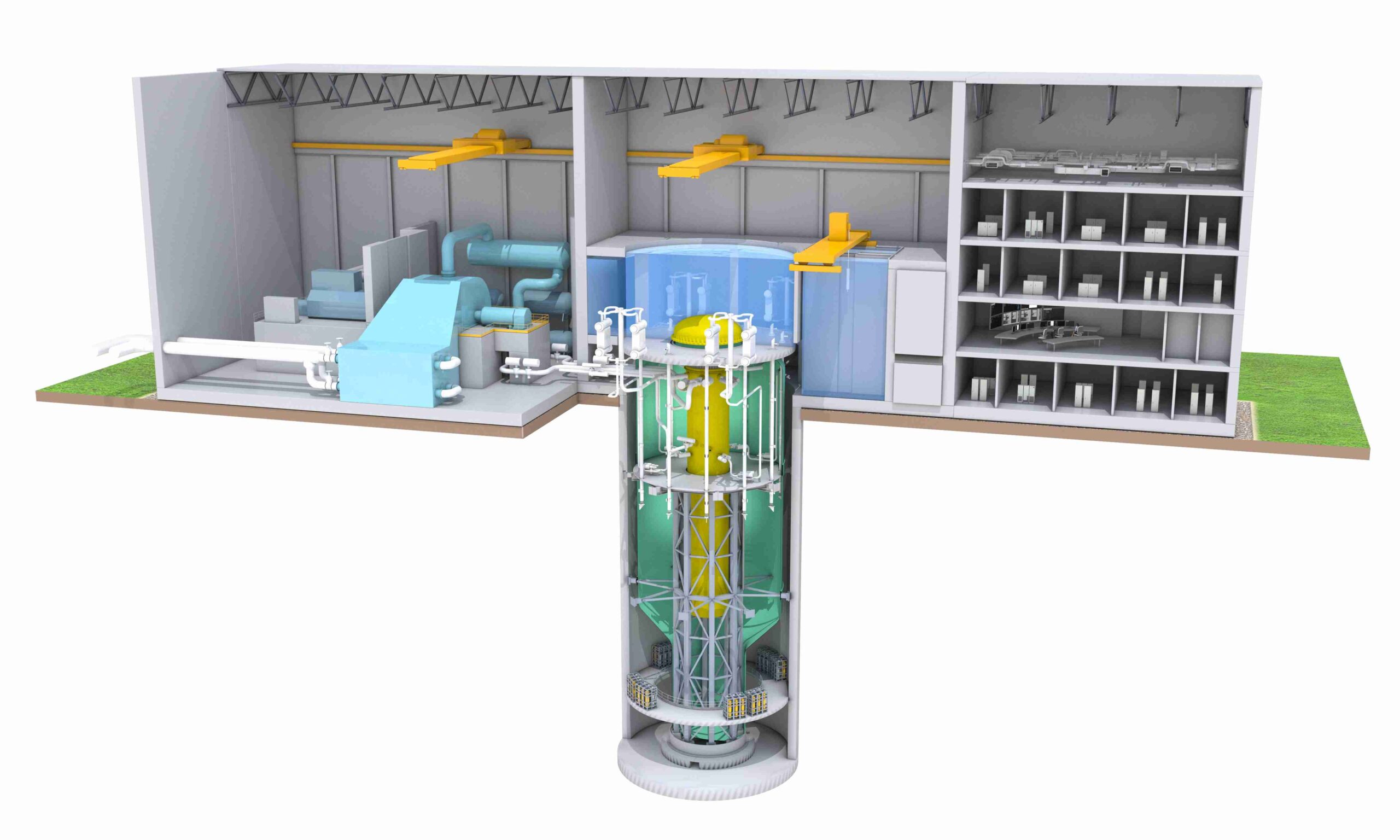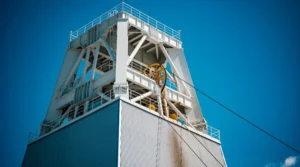What goes on in Poland on the 14th of February.
Poland and Canada ink SMR agreement
The acting president of the National Atomic Energy Agency and the head of the Canadian federal nuclear agency inked an agreement extending the existing supervisory cooperation. The memorandum concerns joint activities in the field of small modular reactors, such as BWRX-300.
The agreement on further cooperation between Poland and Canada in the field of nuclear safety was signed by Andrzej Głowacki, acting president of the National Atomic Energy Agency, and Rumina Velshi, chairwoman of the Canadian Nuclear Regulatory Commission (CNSC).
The agreement primarily concerns small SMR modular reactors, in particular BWRX-300. The Polish and Canadian agencies will exchange information on best practices and technical reviews on this technology. The parties also decided to share the results of independent analyses and evaluations carried out as part of the licensing process. The Memorandum also provides for joint actions in the above mentioned areas, and in the field of training and developing regulatory solutions to ensure the safety of this technology.
PERN to expand infrastructure for the Naftoport in Gdańsk
PERN has announced that it would continue to invest in transhipment and transmission infrastructure to meet the needs of the Naftoport in Gdańsk. The company is ready to start construction of the second line of the Pomeranian pipeline on the Gdańsk-Płock section and is exploring the possibility of adding more storage capacities for crude oil.
Naftoport in Gdańsk. Picture by Bartłomiej Sawicki/BiznesAlert.pl
The Naftoport is a company engaged in land-sea transhipment of petroleum products in the port of Gdańsk. The controlling stake belongs to PERN, a Polish oil logistics company. Representatives of the company have announced that in 2023, oil and fuel transshipment will reach a historical record of up to 36 million tons.
„Our forecast for this year, prepared on the basis of customer plans, but also an assessment of the macroeconomic situation in the fuel sector, assumes 36 million tons of oil and fuel transshipment. In January of this year we transhipped three million tons, which is exactly in line with this calculation,” said CEO Andrzej Brzozka in an interview with ISBnews.
„Our maximum capacity today is about 40 million tons, so 36 million tons would mean we still have about 10 percent capacity in reserve, but in the coming years we assume even higher reloads. I do not rule out that the experience we have gained will allow us to increase the capacity at our terminal. However, with each year of working at maximum efficiency, maintaining the overall efficiency of the installation will be an increasing challenge,” added Brzózka.
New storage tanks and a second pipeline leg
PERN is considering building more oil tanks for storage in 2023 or 2024. „Due to the change in the structure of oil supplies to Poland, we are verifying whether it will be necessary to build additional oil tanks at the base in Gdańsk or in Miszewko Strzałkowskie, or both facilities, ” said CEO Paweł Stańczyk in an interview with ISBnews.
In addition, the company is ready to start construction of the second line of the Pomeranian pipeline on the Gdańsk-Płock section. „…It is difficult to assess whether a decision on this issue will be made this year. The construction of the pipeline itself may take approx. 3-4 years,” Stańczyk explained.
He added that PERN was open to further expansion of the product pipeline system in Poland, following the recent commissioning of the Boronów-Trzebinia pipeline. „We express readiness and availability for such investments, what is more, we see in them a business opportunity, because it is the cheapest and safest means of fuel transport for the environment. In case of such projects, we respond to the expectations of our customers. If such needs arise, we will engage in talks,” he said.
The Naftoport in Gdańsk deals with the transhipment of oil and petroleum products. It is capable of handling more than 36 million tons of oil and four million tons of petroleum products per year.









